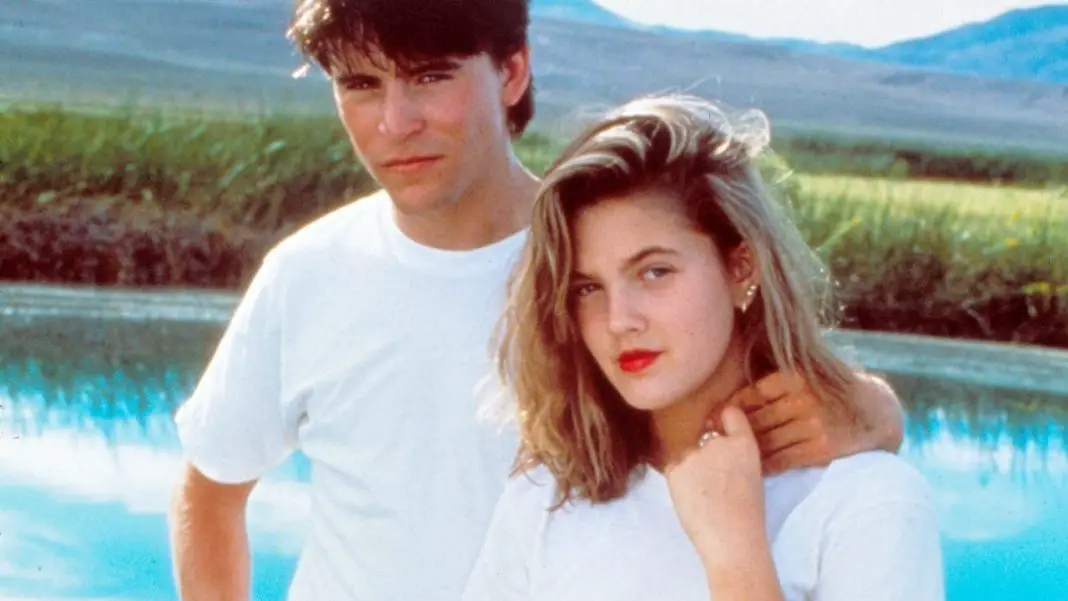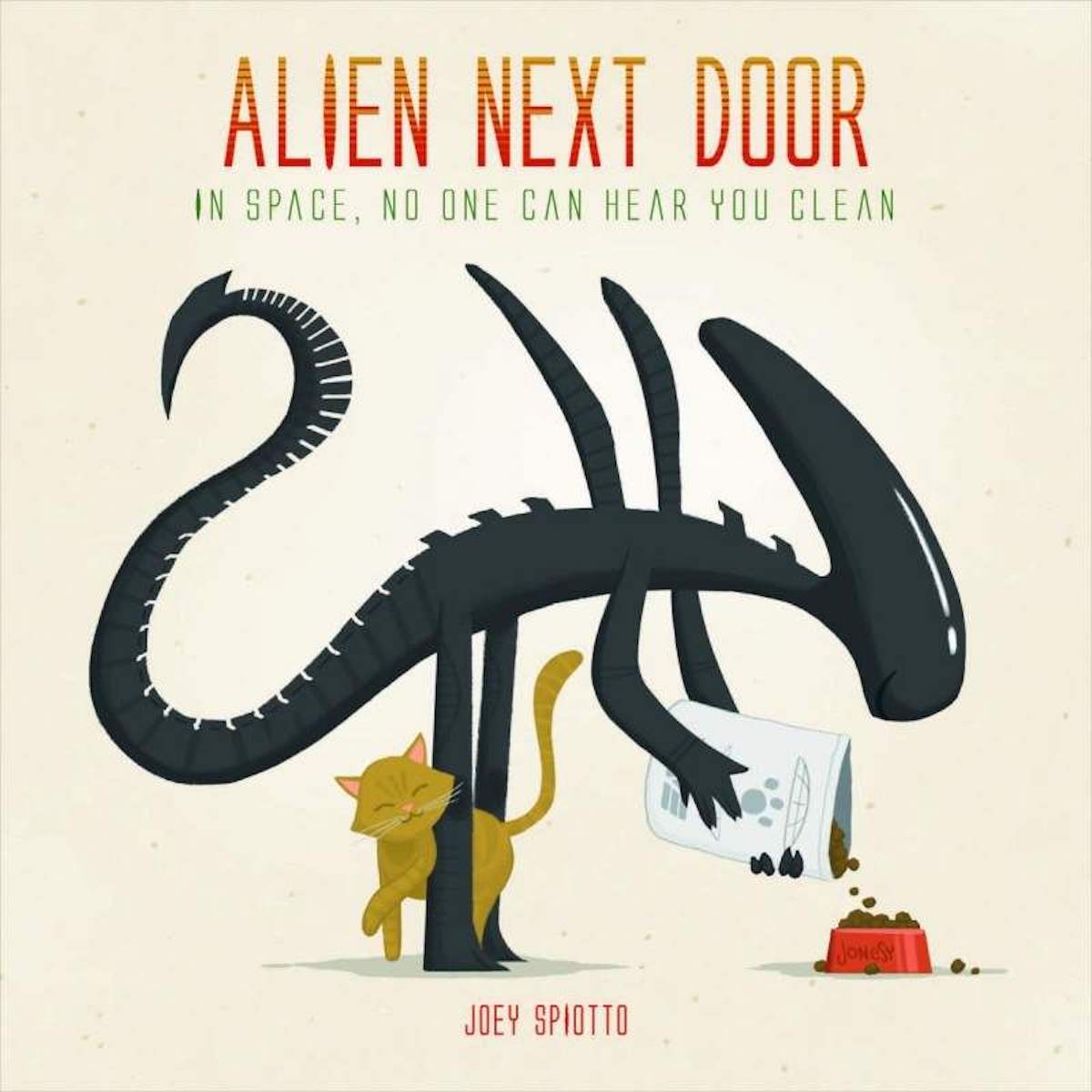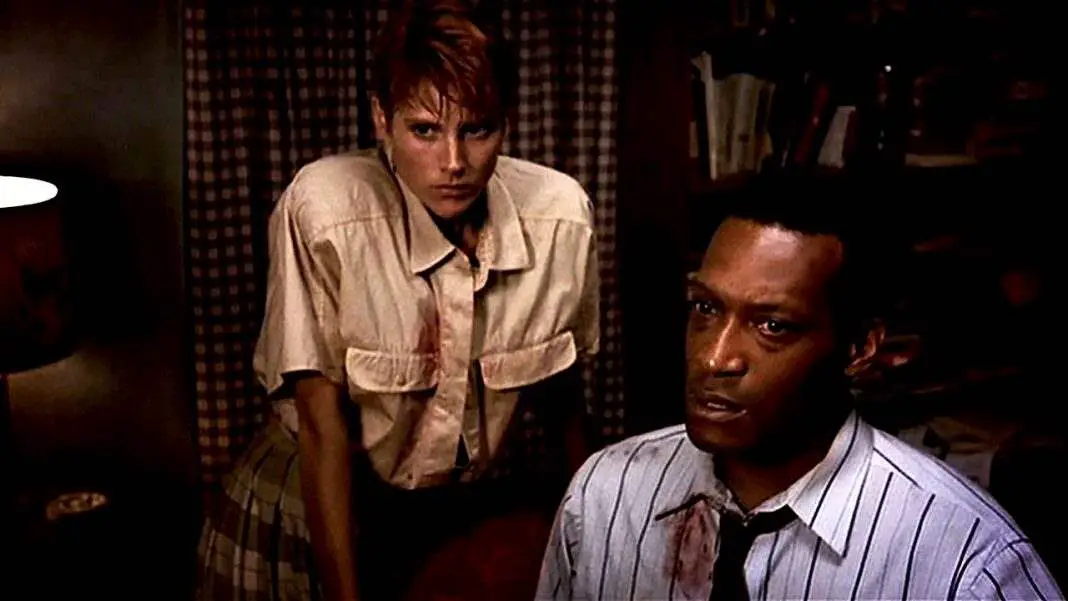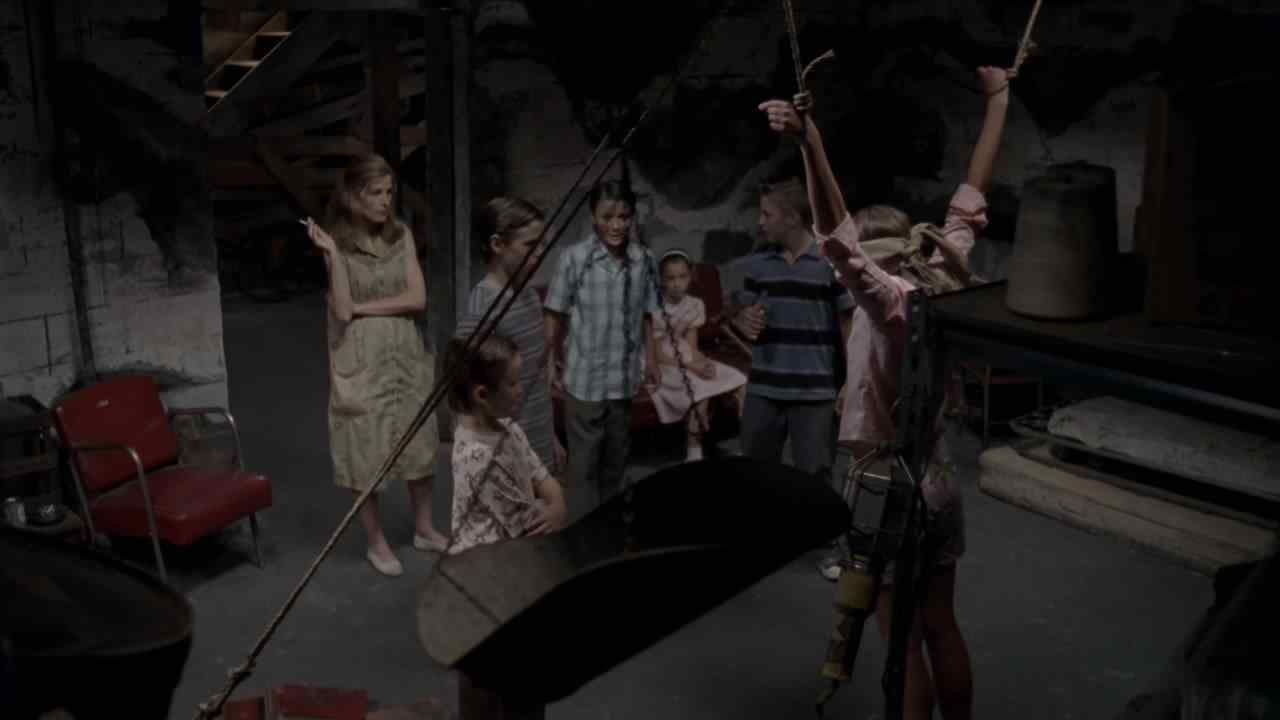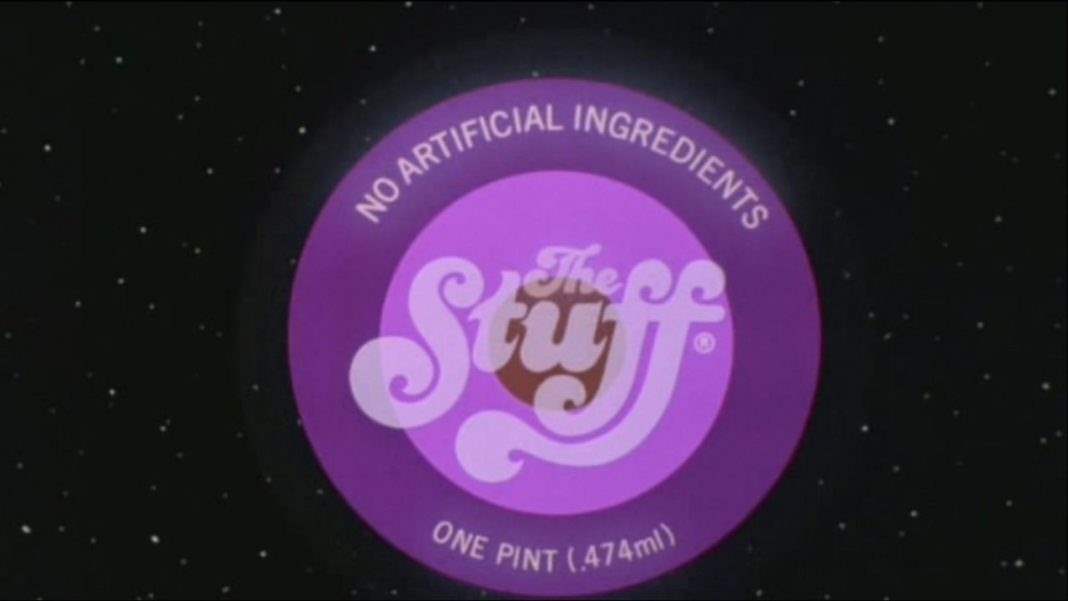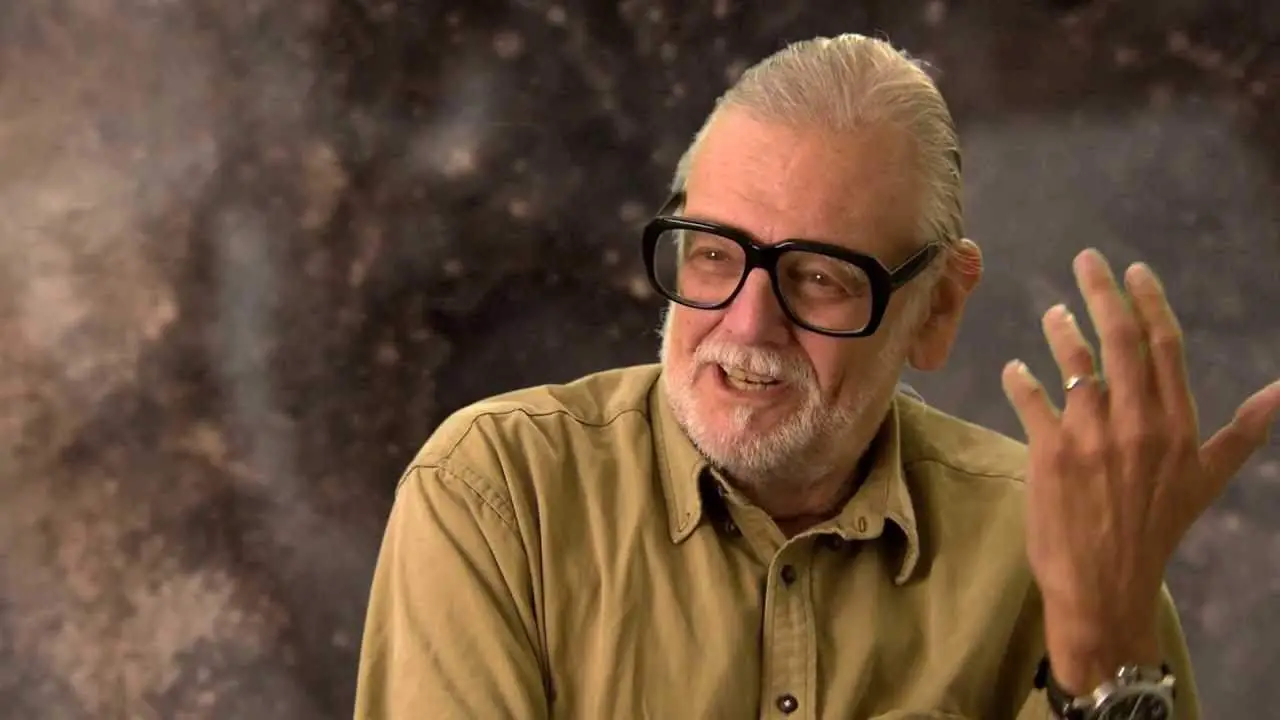Welcome to Back to the ’80s. This recurring feature aims to take a look at the good, the bad, and the ugly from horror’s most beloved decade. Regardless of which category a particular film falls under, this segment will spotlight films that horror fans can appreciate for one reason or another. We will look at how some of these flicks have stood the test of time and others have not aged quite so well. Regardless of what they look like today, these efforts from the 1980s laid the groundwork for the horror genre as we know it today.
Joleen (Drew Barrymore) feels misunderstood. She is turning fourteen on the home stretch of a road trip with her writer father, Charlie (Matt Frewer). Her parents are divorced and driving her crazy. She is looking for a little romance and excitement before her summer vacation ends. They are the last things she expects to find on this trip through the desert with her father. As the gas tank in her father’s car nears empty, Joleen is about to find her fantasies coming true. Desperate for others to see her as mature, Joleen will soon learn that adult desires are far more dangerous than she can imagine.
Directed by Meiert Avis, this 1989 flick is a predictable piece that manages to be mildly entertaining. Far from Home is aimed at a teen audience. The tween that can relate to Joleen’s attempt to gain perspective both on the adults controlling her life as well as the opposite sex. Her father’s gas tank is depleted, and the two are stranded in little more than a ghost town. Most of the small town’s occupants are visitors staying at the local trailer park. The actual residents are littered about relying on tourists passing through for their income. Joleen’s main source of entertainment takes the form of two very different young men. Jimmy (Andras Jones) is the rebellious bad boy and Pinky (Anthony Rapp) represents the proverbial boy-next-door.
Right as the father and daughter arrive into town, they realize that this is not the place to be for long. A murder has been committed in the local convenience store. While Joleen seeks to find out more about these two young men, the death count begins to rise. She is learning about the risks that come with adulthood. These risks heighten as Joleen comprehends she might be flirting with the killer.
The setting is effective. The filmmakers present the viewer with a sense of isolation from urban civilization. Simply obtaining gasoline is a serious obstacle. The climax of the feature takes place in an unfinished building. This abandoned structure becomes a metaphor illustrating what damage the desert can do as well as the effects upon the people living there. Far from Home shares many motifs associated with a slasher film. This makes sense considering the decade in which it was produced. Unlike most slashers, this flick stands apart from having most of the action take place in the hot sunlight. In the dark there are places to hide, but in the open space of a desert one can only keep running.
Barrymore and Frewer are convincing in their father-daughter dynamic. Joleen resents her father at times, yet unconsciously seeks to be like him with her writing. She observes the action and writes it down much like the requirement of her father’s profession. The bulk of the action centers on Barrymore’s character, and she carries the picture along. She performs well that twilight time between adolescence and adulthood. One moment will find her appearing to be sincerely mature, then suddenly the vulnerable little girl comes out. A major theme from Far from Home is identifying the risks of growing up too fast. The fear that comes with having to take care of yourself. Everybody handles it differently. Barrymore’s Joleen encapsulates that time between innocent fun and serious consequences.

The rest of the cast contribute sincerely bizarre and interesting characters. Susan Tyrell delivers a memorable performance as Agnes Reed. This role features nicely into her repertoire of characters vocally down-on-their-luck. Besides being mother to Jimmy and his little sister (Stephanie Walski), Agnes runs the trailer park. She effortlessly steals every scene she is in; however, her standout moment comes in the kitchen with her two children. The scene seems out of place in Far from Home, yet could belong in any John Waters’ film (of which the following year, Tyrell would star in Cry Baby). Even though it appears as a different style from the rest of the movie, this part is uncomfortably entertaining.
Richard Masur features as Duckett, a Vietnam veteran insistent that help should not come at a price. He lends himself as a guide for Charlie and Joleen. Jennifer Tilly (Amy) and Karen Austin (Louise) are in supporting roles as two women also stranded in the town while waiting for gasoline to arrive. Andras Jones, of A Nightmare on Elm Street 4: The Dream Master, is sufficiently menacing as Jimmy. He exemplifies in the nature versus nurture argument that environment is the cause for bad behavior. As Pinky, Anthony Rapp delivers a steadfast performance that proves the need to look beneath one’s exterior surface.
This film does not rely heavily on gore. The main purpose is to provide suspense. Unfortunately, the plot is a little too predictable to generate any real fear. The story is well-constructed on paper if not well-crafted on film. While everything makes sense, there is poor execution in bringing the scares to life. There are moments of horror involving electric baths and bodies decomposing in the heat. A few scenes depict young teens in adult situations. While they are a far cry from anything graphic, they instill discomfort more than scares. However, an argument can be made to the filmmakers’ credit in sending a message at young girls to not go off alone with strange boys.
Past criticism has focused on the exploitation of Barrymore in the film. I feel that the word “exploitation” is stretched a little far. Certainly, seeing Barrymore in a two-piece bathing suit at age fourteen is uncomfortable. The point of the scene, however, is the way it is utilized for her character’s lack of maturity. Joleen explains to her father that she is growing up. Charlie is not ready for this and relays to his daughter throughout the film that she is not an adult yet. To further this point, he declares that young males seeing her like this will get the wrong idea. This comes to fruition in another scene depicting Barrymore in a wet T-shirt. Charlie’s warnings echo back when Joleen is in a precarious situation. She finally admits that she is not ready to be an adult. Peer pressure and conflicting emotions show Joleen denying her instinct.
Around age fourteen, puberty has set in for most teenagers. While the film takes place in an exaggerated situation, the filmmakers have taken accountability to show how innocent acts can have dangerous consequences. While the quality of the film is in question, the general mind-frame of a teenager is accurate. There is a need to be viewed like an adult. Exploitation of a teenager in film is a serious issue. In the case of Far from Home, the line is walked without crossing over. The images are not overly graphic, and a point is made to be responsible. Far less graphic than Barrymore’s portrayal in Poison Ivy just three years later. Nevertheless, a one-piece bathing suit would have been just as effective. Exploitation is not the word. I would argue “unnecessary” is a better choice.
Overall, Far from Home is a run-of-the-mill thriller. The story is typical of what one might find in a young adult novel written by Lois Duncan or R.L. Stine. A young girl is put in mysterious circumstances while having to question the motives of all around her. Especially any guy she may find attractive. Fans of the 1980s will appreciate Drew Barrymore’s presence in the film. Undeniably one of the most iconic child stars of the decade, this film marks her departure from those roles to the more adult ones to come. Far from Home is a sincere effort soon forgotten. There are serious issues examined within the film. Problematic is how the feature never seems to reconcile clearly how the bigger questions left by the end should be answered.

